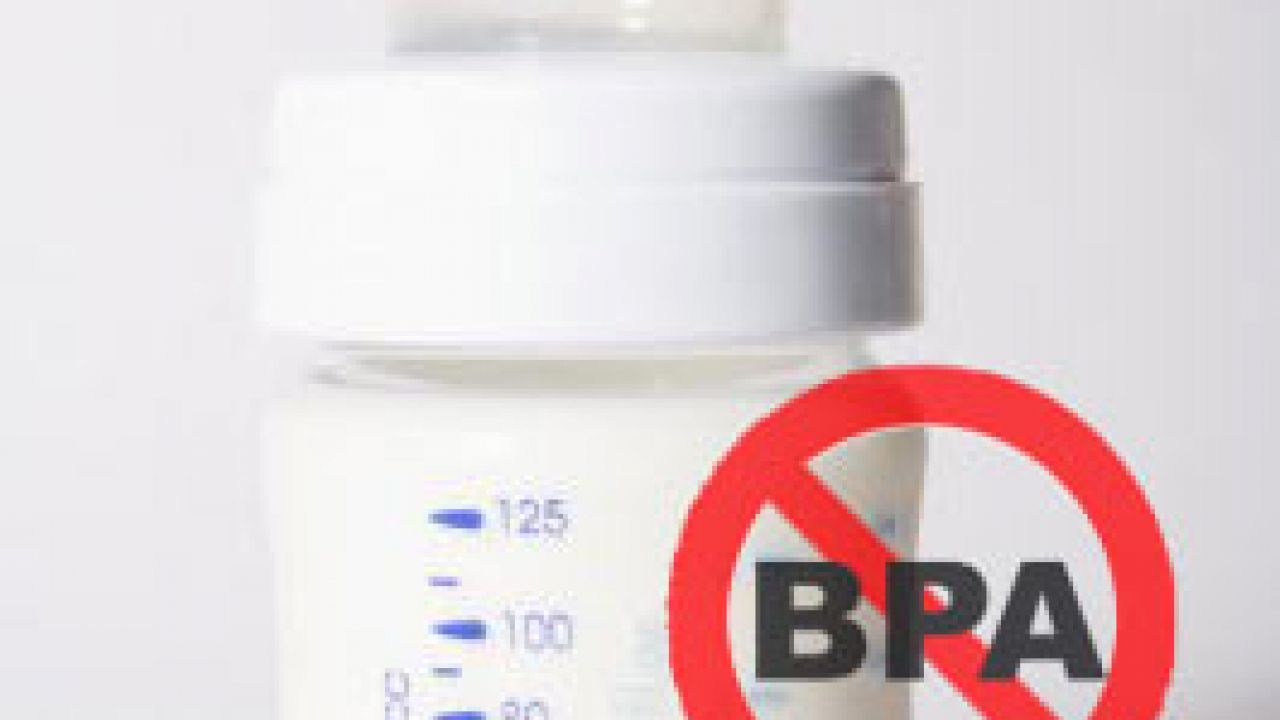
By Lisa Frack, EWG Online Organizer
Just when we were cheering Oregon's progress, we watched California take a step backward.
Why? Because yesterday a state panel in California decided not to declare exposure to the plastics chemical bisphenol A (BPA) toxic to the developing fetus and child, despite mounting scientific evidence of health risks. Not a surprising decision given this panel's rather undistinguished record protecting public health.
CA decision out of step Wednesday's decision is at odds with the positions of the federal government's National Toxicology Program and the federal Food and Drug Administration's advisory Science Board. It also doesn't follow the strong case presented in the hearing by state scientists and many others for listing BPA as a danger to human health. They cited dozens of research studies finding that BPA impairs normal development of male and female reproductive systems.
Bill Allayaud, EWG's Director of Government Affairs in California, testified about BPA in front of the DART committee (read his full testimony). He wrapped up this way:
In closing, we urge the Committee to consider carefully today's decision. BPA clearly meets the Committee's 1993 criteria for listing as a reproductive and developmental toxicant on the basis of "sufficient evidence in experimental animals, such that extrapolation to humans is appropriate" (DART-IC 1993). This includes careful experimental design, relevant routes of exposure and dosing levels well below those that result in maternal or systemic toxicity.As the NTP and the FDA Science Board have determined, the weight of evidence supports concern for present-day BPA exposures. EWG urges the Committee to join these authoritative bodies and list BPA according to authority granted under California Proposition 65.
But the panel - hardly a group on the cutting edge of public health science - didn't act on all that, deciding to leave BPA off its list. A list where it very much belongs.
Prop 65 and the DART panel: How it works What is commonly known as Prop 65 in California is actually the Safe Drinking Water and Toxic Enforcement Act of 1986, which was enacted as a ballot initiative (aka proposition). It requires the Governor to publish, at least annually, a list of chemicals known to the state to cause cancer or reproductive toxicity. For any chemical on the list, warning labels are required on products; sales are not restricted in any way.
The law is administered by the state's Office of Environmental Health Hazard Assessment (OEHHA); additions to the list are considered by a Development and Reproductive Toxicant Committee (DART), whose members are political appointees.
DART Panel is not exactly health-protective The DART panel (responsible for yesterdays' decision) has voted to list only one chemical over the past 3 years. It took the panel until 2006 to decide that second-hand cigarette smoke might actually be dangerous to pregnant women and little kids - a full decade after the FDA and the states launched - and ultimately won - an all-out legal and regulatory assault on the tobacco industry.
Further, its assessment of chemicals is constrained by the unusual requirement that it focus only on studies that show harm during pregnancy, which forces it to ignore evidence that early life exposures also contribute to harm.
So let's ban it in the legislature The California State Senate recently approved a BPA ban authored by Sen. Fran Pavley, (D-Agoura Hills). The state assembly is expected to vote on the bill sometime in the fall. If Prop 65 isn't going to protect us from BPA, we sure hope this bill makes it all the way to the Governor's desk - and out the other side.
Live in California? Join our Facebook Cause for SB 797 to ban BPA in the CA legislature.
Learn more about BPA EWG research has detected BPA in liquid baby formula and canned food in concentrations that could pose risks to infants, young children and pregnant women. We've also confirmed that all major U.S. formula companies use BPA in the linings of liquid formula cans - though most formula-makers claim they are looking for a suitable replacement.
Get the full story on our BPA timeline - it details the history of bisphenol A, from its invention 120 years ago to today. And learn how to avoid it - since Prop 65 is unfortunately leaving that job to you.



